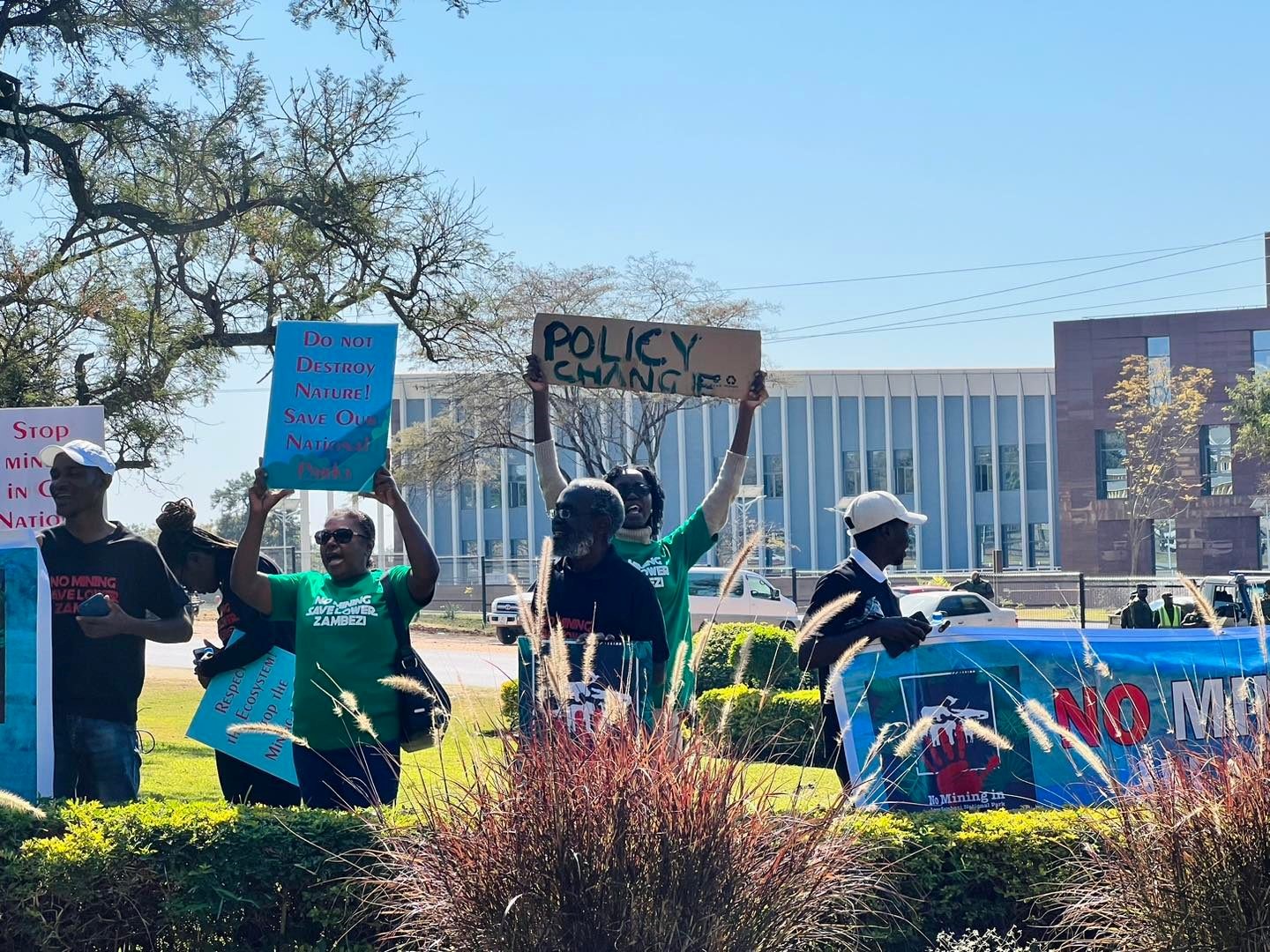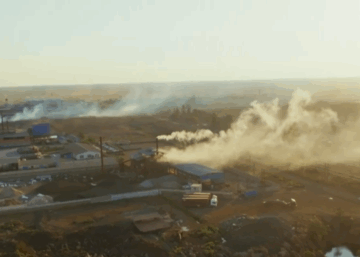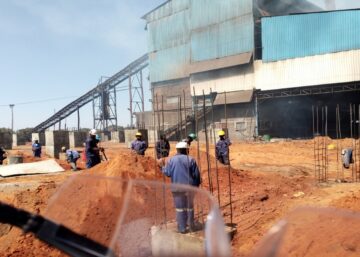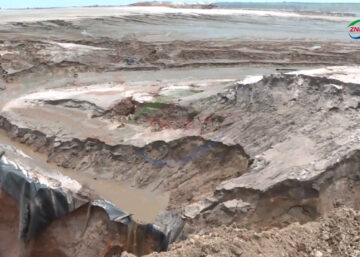Status: Open Case (Red Flag)
Concerns
- Threat to wildlife and ecosystem, and risk of polluting the Zambezi
- Irregular approval process, questions about political leverage and undue influence
- Little transparency in the disclosure of information
- Gaps and loopholes in the legislative framework that can be exploited by wrongdoers
- Little coordination between the government’s oversight agencies
Last updates:
- 11 September 2024: two large scale exploration licenses were approved in the Lower Zambezi National Park Area (one to a company called African Brothers; despite the company’s name though, the beneficial owners of this company are neither African nor Zambian
- 2023: Zambia Environmental Management Agency (ZEMA) cancels decision letter for mining activities in Lower Zambezi National Park
- May 2023: ZEMA served mining company Mwembeshi Resources Ltd with a compliance order to immediately stop all construction activities in Lower Zambezi, further ordering it to submit a site environmental restoration plan
- 2022: construction works on mining facilities and related infrastructure have begun
- 2021: ZEMA granted an extension to the decision letter (and the Environmental Impact Statement), thus granting environmental mining right.
Context:
Plans for the development of the $500 million Kangaluwi copper mine in the protected Lower Zambezi National Park have been protracted over more than a decade, amidst widespread opposition due to the project’s environmental impact and its lack of transparency.
Since the early 2000s, Zambezi Resources Ltd applied for and was granted an exploration license, registering a local subsidiary called Mwembeshi Resources Ltd. Currently, Mwembeshi Resources (Bermuda) is the largest shareholder and is owned by a Chinese conglomerate.
In 2011, Mwembeshi Resources was granted a 25-year mining license. Prospection works began and the company submitted an Environmental Impact Statement (EIS) to Zambia Environmental Management Agency (ZEMA), which rejected the EIS amidst ecological concerns in 2012.
Thereafter, a decade-long legal battle ensued between the mining company and the fierce opposition of a group of Zambian conservationist CSOs; the government generally siding with the mining company: ZEMA’s decision was reversed in 2014 and the project was approved, but the Court granted an injunction to halt mining during legal proceedings.
Finally, in 2021, the Court dismissed the case on a legal technicality in favour of Mwembeshi. The company immediately applied for an extension to the EIS, which had expired in 2017, and obtained it in June 2021. Soon after, Mwembeshi kicked-off construction works of mining and housing facilities, roads, and even an airstrip.
President Hichilema’s UPND government backtracked on its earlier opposition to the project and adopted a more moderate stance; according to the Green Economy and Environment Minister Collins Nzovu, the project would proceed but under strict adherence to measures set by the ZEMA aimed at limiting damage to the environment to a minimum; however, “if the risk of environmental degradation becomes high, the Ministry will take action”.
In May 2023, following reports of violations of a number of environmental conditions, ZEMA served the company with a compliance order to stop mining-related activities and the construction of roads and buildings at the project, further ordering it to submit a site environmental restoration plan. Finally, in August 2023, Mwembeshi Resources’ decision letter for mining activities in Luangwa district was canceled, and the company was given 14 days to surrender it.
ZEMA’s decision was welcomed by CSOs and conservationist activist as a victory for the environment. TI Zambia took the opportunity to recommend that ZEMA “enhance their monitoring of projects in order to ensure that mining projects in particular comply with the law and commitments as stated in respective EIS reports”, advocating for better coordination between ZEMA and the Ministry of Mines and Minerals Development in the issuance of mining licenses.

On 11 September 2024, two large scale exploration licenses were approved in the Lower Zambezi National Park Area (one to a company called African Brothers; despite the company’s name though, the beneficial owners of this company are neither African nor Zambian. The TI-Z team had to reevaluate this case and reclassify it as a red flag (open case).
Waving the red flag
The project’s tortured history highlights a number of issues of concern for the conservation of Zambia’s natural park and, more generally, the management of natural resources.
- The mine’s development would entail significant threat to wildlife and ecosystems inside the park; this would also affect the flourishing tourism industry;
- Toxic chemicals from a planned tailings facility could end up contaminating water in the Zambezi basin, posing a danger to livelihoods;
- The approval process seemed to have significant irregularities:
- the due process of consultation was often not observed, shortcuts were taken when convenient;
- moreover, the greenlight obtained by the government at different instances raised questions about political leverage and undue influence;
- interestingly, two extremely contentious projects (farming in the Kasanka National Park and the Lower Zambezi mining) were signed off with Parliament dissolved in the run-up to the elections;
- There was very little transparency in the disclosure of information, both on the side of the company and of the government; e.g., documents which formed the EIS Addendum submission as well as ZEMA’s Decision Letter were not being made public. Citizens were left wondering, for instance, if the borders of the National park had been redrawn without having followed due process;
- Claims made in the EIS were found to not reflect the real impact of the project; not only in terms of the mine’s environmental impact, but also of job creation (a report by the Lower Zambezi Tourism Association (LZTA) warned that the proposed mine would cost the Zambian economy billions of dollars of foreign investment and result into a net loss of jobs, compared to the tourism industry);
- This case also highlighted a significant gap in Zambia’s legal framework.
-
- While the Mines and Minerals Development Act (2015) allows for mining inside national parks, there is no policy or legal framework to guide implementation, monitoring and mitigation of impacts such as ensuring full site rehabilitation;
- The Zambia Wildlife Act (2015) allows for mining and mining rights in a national park provided that an Environmental Impact Assessment is undertaken in accordance with the Environmental Act, 2011.
- The Environmental Management Act (2011), specifically Statutory Instrument no.28 of 1997 also known as the EIA Regulations, provides two options for developers of either a fresh EIS or submission of stipulated additional information following the expiry of the period of validity of the Decision Letter (usually three years). The decision of carrying out a fresh EIA or submission of additional information is based on ZEMA’s assessment of the respective EIS and project.
- Finally, there was little coordination between ZEMA and the Ministry of Mines and Minerals Development: ZEMA and the Ministry of Mines should improve coordination for monitoring compliance and enhance mechanisms for complaint reporting of mining projects. Further, it is recommended that Environmental permits/license should precede granting of a mining license particularly in environmentally and ecologically sensitive areas.
Most importantly, perhaps, the case represents a success story for civil society groups, which came together and demanded action. However, it took over a decade for the government to take civil society’s concern earnestly and take action. Moreover, legal proceedings in 2021 show that, after a protracted legal battle, financial limited resources on the side of CSOs risked bringing civil society’s fight to an end. Furthermore, information from the mining cadastre portal shows that in April 2024 a large exploration-mining license has been since granted in the area.
TI-Z publications:
- Civil society organisations engage Ministry of Green Economy & Environment – Transparency International Zambia (tizambia.org.zm)
- We Must Save The Zambezi River Ecosystem – Transparency International Zambia (tizambia.org.zm)
- Environmental Defenders, Activists and CSOs Applaud Government’s Decision to Uphold Decision on No Mining in the Lower Zambezi National Park – Transparency International Zambia (tizambia.org.zm)
- TI-Z Statement on Cancellation of Lower Zambezi Mining Licence – Transparency International Zambia (tizambia.org.zm)
- Transparency International Zambia Statement on the Suspension of Mining in the Lower Zambezi National Park – Transparency International Zambia (tizambia.org.zm)
External references:
- Zambia orders halt to work on copper mine in Lower Zambezi park | Reuters
- ZEMA cancels Mwembeshi Resources’ decision letter for mining activities in Lower Zambezi – Zambia: News Diggers!
- Lower Zambezi copper mine given the go-ahead – Africa Geographic
- Zambia : Mining project in Lower Zambezi to now go ahead-UPND (lusakatimes.com)
- Bulldozers clear way for mine in Lower Zambezi National Park (dailymaverick.co.za)
- Mining | Conservation Lower Zambezi









28 June 2024, 09:55
Very good initiative, waving the flags. With this case, a blue flag is waved, which represents a “closed case”.
However, be warned, this case is not yet closed. The Mining license was canceled by the Mining License Committee in its 78th sitting. Canceled because of non-compliance. However, this cancellation can be appealed with the Minister of Mines within 30 days (not later than 1st May 2024).
We do not know if Mwembeshi has appealed, and if they have appealed, we do not know if a decision has already been made by the Minister and what this decision might be.
So this case is definitely NOT CLOSED
22 October 2024, 05:38
This level of hypocrisy must end. Where have you seen mines opening without the surrounding ecosystem?
All mines open in areas where animals, trees, rivers with fish and people exist naturally. Why didn’t you oppose the opening up those mines, in Northwestern Province for example?
Let me tell you something, mining these days compared to the past, has become even more sustainable than before.
In any case the benefits to the local communities and the country at large will be far much higher than the few hippos you’re trying to protect.
The current beneficiaries of the lower Zambezi are a few foreign tourist operators whose foreign exchange remains outside the country. Apart from that it’s rumoured that foreigners in the area engage in underhand nefarious activities and it’s high time this nonsense stops.
So please let us develop Zambia for Zambians and not remain in perpetual poverty because of the influence of a few greedy foreigners. Let them go and preserve the environment in their own countries and we’ll preserve ours too
We’re enlightened enough to mine without destroying the few hippos living in the lower Zambezi.
Give us figures of how much revenue is coming from the lower Zambezi due to tourism and calculate how much revenue will come from mining directly and indirectly.
I’ll provide further justification if this is not enough.
23 October 2024, 06:27
It’s extremely absurd to note that we are preventing developments that would benefit a sector the population. With the concept of using what you have to get out of poverty, I believe instead of rising a red flag to prevent economic development, we can use sustainable way of mining that would add to our GDP as a country. It’s time to remove clauses that are retrogressive such as this one and enact new laws that promotes sustainable development. Otherwise, think twice than preventing such kind of developments. I totally support mining activities than what you are advocating for. I know it’s based on your selfish ends wanting to see others suffer while you’re enjoying